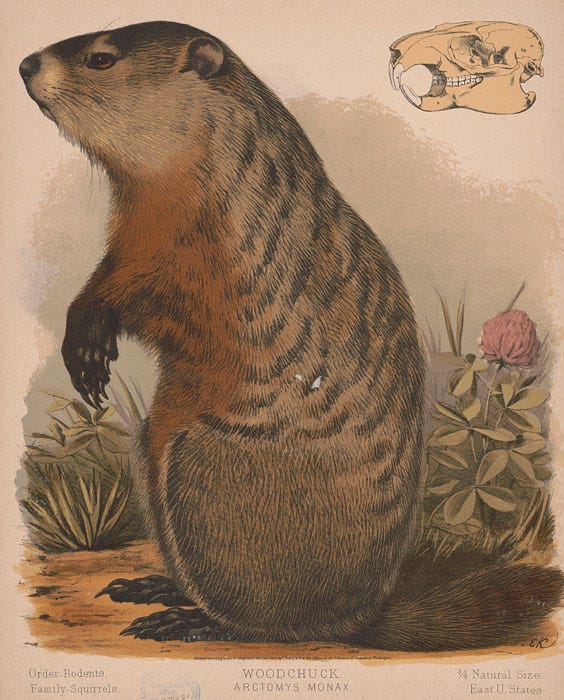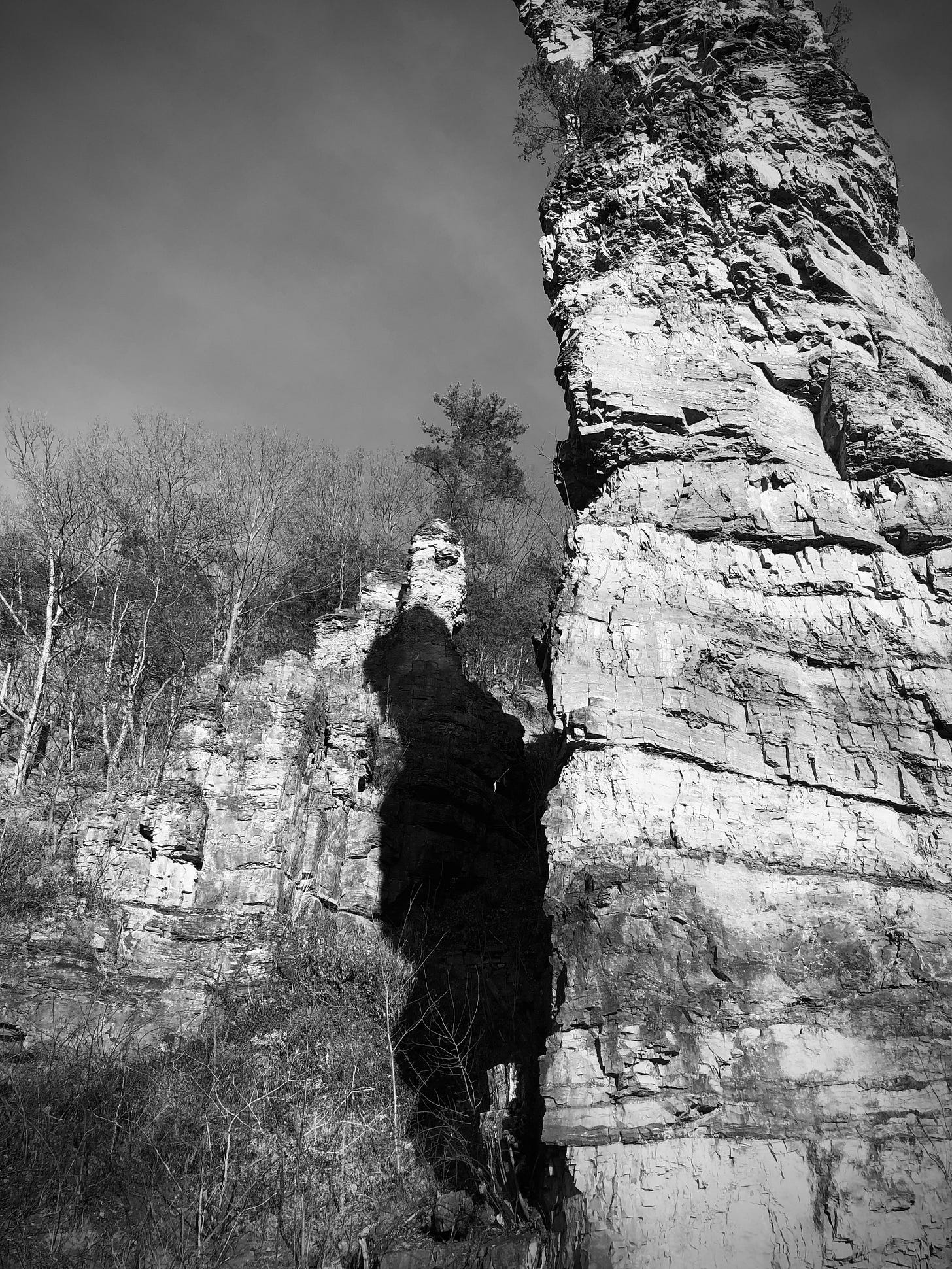Tulips — Photo by Bob Kirchman
No, they are not blooming yet, but as February begins, thoughts turn to spring. These are last year’s blossoms.
“As the tradition goes, every year on February 2nd Punxsutawney Phil, the groundhog, comes out of his hole in Punxsutawney, Pennsylvania. If he sees his shadow, we will have six more weeks of winter. If he doesn’t see his shadow, we will have an early spring. He didn’t see his shadow this year according to reports. It was a cloudy day in Virginia, but I saw no marmots.
The tradition was brought to the United States from Germany, where it was not a groundhog but a badger who emerged from his den on February 2nd to predict whether spring would be arriving soon. When this tradition came to the United States in the late 1880s, a groundhog took center stage, as badgers were not native to the eastern U.S.
Phil is not the only hardworking groundhog, he’s just the most famous. There are five other states that have their own weather-predicting groundhog. If he does or does not see his shadow on February 2nd, it really has more to do with the weather that day than the groundhog itself. After all, Punxsutawney Phil has only been right about 40% of the time!
Woodchuck - Arctomys Monax (now Marmota Monax) — L. Prang & Co. 1874 — Library of Congress
“Groundhogs emerge from their winter hibernation in early to mid-February in mild climate areas. Male groundhogs emerge first to search their territory for burrows of females, where they may spend the night. These visits are so the animals get to know one another. When breeding season starts in March, the males will finally end their hibernation and leave their burrows and winter behind. About four weeks after mating, the females will give birth, and six weeks after that the new groundhog family will leave their burrow for good.
Hibernation enhances survival by saving energy during times of limited food. The ability to hibernate is found in several animal groups, including all marmots, many species of ground squirrels, chipmunks, hamsters, badgers, lemurs, bats and even some marsupials. Nestled in their burrows, they pass away the winter months. A groundhog’s hibernating heartbeat is only five beats per minute in comparison to 80 heart beats per minute in warmer months. Their breathing also slows down in the winter too. It can go from 16 breaths per minute to about two during their hibernation.
When they first come out of their burrows, groundhogs can tell if the winter is going to be harsh. An extended winter could delay the growth of the plants they need to eat after their long hibernation. They will delay their mating season and emerge later to make sure that there is food available. Since they lose over half their body weight during hibernation, this is very important for their survival.” — Library of Congress
We’re pretty sure Polyphemus had a shadow yesterday, and felt the sun on his back. After his encounter with Odysseus, however, he certainly didn’t see his shadow. But we don’t know if cyclopes have anything to do with the weather anyway. Fun ramble at the Natural Chimneys after site visit on the North River. — Photo by Bob Kirchman





